As Found: International colloquium on adaptive reuse
From 5 to 7 September 2023 the Flanders Architecture Institute and Hasselt University organized the international colloquium As Found. It aimed to bring together designers, researchers and students to discuss experimental concepts and practices to intervene in the existing built environment and heritage.
The colloquium is closely linked with the exhibition As Found which will take place from September 2023 until March 2024 in De Singel in Antwerp.


As Found - the exhibition
The exhibition As found focuses on the new relationship between contemporary design and heritage. Using experimental, groundbreaking, (inter)national examples, the exhibition explores the different positions that contemporary designers adopt in relation to existing buildings.
The expo is open until mid March 2024 for public at De Singel, Antwerpen.

Adapt, Reuse - the collaborative platform
Users can discover, collect and reuse existing resources that link ideas with practical examples. They are also invited to collaborate by submitting new references and resources that can in turn be read and (re)used by others.
The platform is an ongoing work in progress — as an embodied practice of adaptive reuse it will continue to evolve and change over time. We look forward to building together an inclusive knowledge community around adaptive reuse.
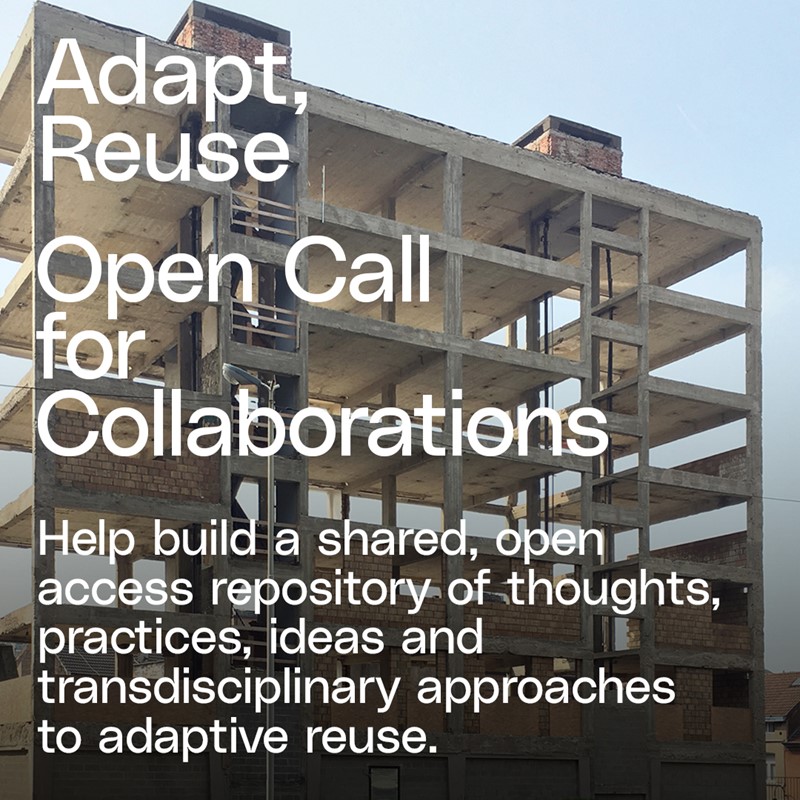
As Found: International colloquium on adaptive reuse
General info | Our keynote speakers | The Scope | Locations | Partners
The opening event of the colloquium (5 September 2023, in the evening) will take place in De Singel in Antwerp, at the location of the Flanders Architectural Institute (VAi). This event will include a visit to the exhibition and a keynote lecture by Anne Lacaton (sold out). There will be bus to bring participants from Antwerp to Hasselt after the keynote lecture.
The following two days (6 & 7 September 2023) will include keynote lectures by Markus Berger and Thordiss Arrhenius, and thematic sessions. This will take place in Hasselt, in a former prison that has been converted for the faculty of law of Hasselt University.
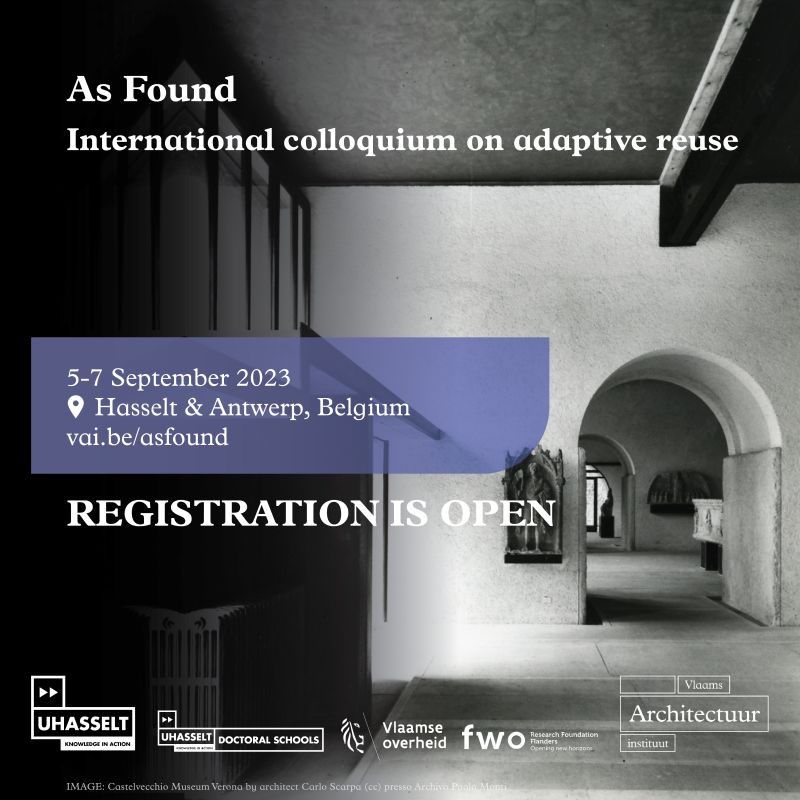
As Found - Book of Abstracts
We are proud to present The Book of Abstracts. It's contains all the information you need of our international colloquium As Found.

Our keynote speakers
Anne Lacaton | Markus Berger | Thordiss Arrhenius
Anne Lacaton
Anne Lacaton
September 5 2023, 20.00, De Singel, Antwerpen
Onderdeel van het Festival van de architectuur
Volzet / Sold Out / Complet
“Demolishing is a decision of easiness and short term. It is a waste of many things – a waste of energy, a waste of material, and a waste of history. Moreover, it has a very negative social impact. For us, it is an act of violence.” - Anne Lacaton
Anne Lacaton was born in France in 1955. Graduated from the School of Architecture of Bordeaux in 1980. Diploma in Urban Planning at the university of Bordeaux in 1984. Professor at ETH Zurich since 2017. Visiting professor at the University of Madrid, Master Housing since 2007, at EPFL Lausanne, 2004, 2006, 2010-11 and 2017, at the University of Florida: Ivan Smith Studio in 2012, at the University of NY-Buffalo: Clarkson Chair in 2013, at the Pavillon Neuflize OBC-Palais de Tokyo, Paris, in 2013-2014, at Harvard GSD: Kenzo Tange 2011 & Design critic 2015, at Sassari University in Alghero 2014 & 2015, at TU Delft, sem 2016-17.
Picture © Philippe Ruault
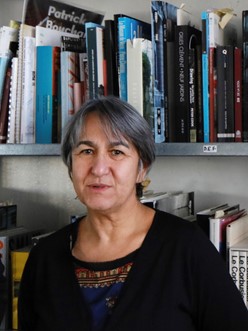
Markus Berger
Markus Berger: “As Found 02: Towards Sustainable Design Futures”
September 6 2023, 16.30, Old Prison, Hasselt
Markus Berger is Professor of Interior Architecture at the Rhode Island School of Design (RISD), a registered architect (SBA) in the Netherlands and founder and director of The Repair Atelier: an art/design workshop that investigates and activates ideas of reuse.
His work, research, writing, and teaching are a critique on the ethics of modern architecture and focus on forms of change and repair in art, architecture, and design. Berger co-founded Int|AR, the Journal on Interventions and Adaptive Reuse.
His latest co-edited books are: Intervention and Adaptive Reuse: A Decade of Responsible Practice, (Berger, Wong), Birkhauser, 2021; and Repair: Sustainable Design Futures, (Berger, Irvin), Routledge, 2023.
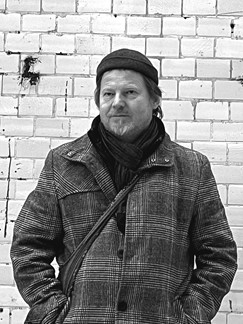
Thordis Arrhenius
Thordis Arrhenius: “Re-Thinking Preservation; the Shoemaker and the Cobbler”
September 7 2023, 09.00, Old Prison, Hasselt
In the urgent context of climate change preservation has won a new relevance for architecture that goes far beyond saving a canon of buildings. This lecture will reflect on cultures of change, obsolescence and repair and their effect on the architectural discipline both in the past and today.
Thordis Arrhenius, architect SAR, (MA in Architecture KTH 1994, MA History & Theory AA Graduate School 1996, Filosofie doctor (PhD) KTH, 2003). Recently appointed professor in Architecture, Theory and Method at the School of Architecture, Royal Institute of Technology (KTH) Stockholm, Arrhenius has previously held a professor chair in Architecture History at the Oslo School of Architecture and Design (2007-20014) as well as in Culture Theory at Linköping’s University LIU, Sweden (2014-2018).
Arrhenius’ research interests concern the exhibition of architecture in mass culture, the relation between architecture and the museum, and the curatorial aspects of preservation.
Publications include The Fragile Monument, on Conservation and Modernity (Artifice books on Architecture, 2012) Place and Displacement, Exhibiting Architecture, (eds. Arrhenius, Lending, McGowan, Wallis) Lars Müller Publisher, Zurich, 2014, and Experimental Preservation (eds. Arrhenius, Langdalen, Otero-Pailos) Lars Müller Publisher, Zurich, 2016.
Recent research projects investigate the role of the architectural exhibition in the reception of modern architecture in Scandinavia, the historiography of conservation, and the strategy of alteration and its architectural and theoretical implications. Under the working title Restoring the Welfare State she is at present developing a cross disciplinary project on the welfare state, its cultures, politics, materials and agents, that aims, through the study of the ‘making’ of the welfare
state, to contribute to the understanding of how the material heritage from the post-war period today is valued. She is the project leader for the research network Nordic Models of Architecture and Welfare which in 2018 received funding from the Joint Committee for Nordic research councils in the humanities and social sciences (NOS-HS).
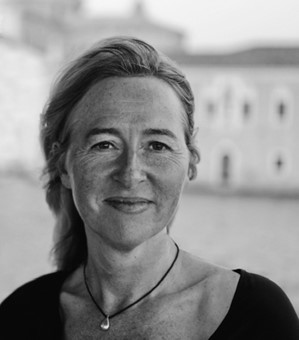
Registration is open now!
- don't miss our early bird registration (until July 10 2023)
- reduced fee for students, alumni UHasselt and staff of UH partners in VLIR-UOS countries
- check the colloquium programme in this file (pdf, 87 KB)

The Scope
The work of architects nowadays increasingly consists of intervening in already existing buildings or (urban) structures. The modern dichotomy between architecture and historic preservation, with the former concentrating primarily on the design of new buildings and the latter on the restoration of existing buildings in a state of the past, seems to have given way to a new approach today. A more experimental approach in which the narratives and traces found in the existing are the inspiration for contemporary interventions. This changing approach to the built environment - the 'heritage' in the broadest sense - has also been extensively addressed in architectural and academic research.
Fred Scott’s seminal monograph On Altering Architecture and the volume Experimental Preservation, edited by Jorge Otero-Pailos, Erik Langdalen and Thordis Arrhenius are just a few examples. Additionally, architectural schools give increasing attention in their curricula to assignments concerning densification, redevelopment, renovation and reallocation, with some schools even offering specialized programmes on the subject.
The colloquium aims to discuss how contemporary architecture deals with the existing built environment ‘as found’ from four different angles.
1 | Architectural Experiments to Intervene in the As Found
1 | Architectural Experiments to Intervene in the As Found
This session aims to reflect on experimental spatial strategies to intervene in the existing. While modernism focused on new constructions since the 1970s architects have become more interested in working with existing buildings. Architects like Giancarlo di Carlo, Hans Döllgast, Carlo Scarpa, Sverre Fehn, or Lina Bo Bardi dedicated a significant part of their oeuvre on transformation and reuse. And more recently, offices like Herzog & de Meuron, Lacaton & Vassal, Caruso St John, Harquitectes, 51N4E and noAarchitects, etc. are focussing on adaptive reuse as much as on new buildings.
Many of the projects developed nowadays by renowned offices or by young architects challenge modern conservation principles as well as architectural dogmas. In this session, we aim to conceptualize such experimental, innovative, or controversial architectural strategies to reuse and transform existing buildings, structures and landscapes. Questions that are addressed include, but are not limited to: What is the relation between the interior and exterior of a building; can the shell and the interior each tell their own story? What is the meaning of emptiness as spatial experience and as functional space? Can removal be a method of 'preserving' heritage? Can the dismantling of buildings and interiors and the reuse of their fragments be a way of passing on our heritage to future generations? Can architects today continue the design language of a predecessor; can we designate the architectural language itself as heritage? What is the meaning of the 'architectural citation' in contemporary architecture? Is the protected status of a building a constraint for its adaptation or reuse; or can the protected status steer innovative spatial practices? In this session, we are looking for new theoretical and operational approaches that question both the existing architectural practice and the conventions in how to deal with the existing built environment and heritage. We aim for this session to present a powerful range of experiments.
2 | Translating the As Found: Narratives and Meaning
2 | Translating the As Found: Narratives and Meaning
Remodelling historical sites often show interventions changing initial meanings and introducing new ones. Sometimes specific narratives and associations become part of sites independent from their original program and use. Rudolph Machado used the metaphor of a marked canvas to visualize this hermeneutic process; how the past becomes a package of sense, of built-up meaning to be accepted, maintained, transformed, suppressed, or refused. It seems attractive to link this with adaptive reuse as designers seek to enter into dialogue with the past and envisage its fragile continuity. This dialogue exists on formal grounds and relates to questions of style, materialization, plan, typology etc. But also on the level of meaning associated with concepts, narratives, rituals, and associations.
Are architects like translators who transfer the meaning from an existing structure into a new one? How do we deal with buildings whose traces of the past are ambiguous or reveal a controversial or contested history? What to do with sites that have no material traces left but carry values and meanings that have a longer history but were erased over time? What is the value of narratives and immaterial heritage for contemporary interventions? How to document, research and secure these immaterial dimensions of spaces? Who's immaterial values are taken care of, and who is made invisible?
3 | As Used: Sustaining the Existing Use
3 | As Used: Sustaining the Existing Use
Numerous historical building complexes accommodate a variety of uses on account of their general usefulness, affordability and spatial flexibility. Typically, when they go through a process of re-planning and transformation, the overall purpose changes and the availability of affordable rental spaces is lost. How do you transform buildings without displacing current functions and users? Is there a potential to develop adaptive reuse strategies with the existing programme in mind — ‘as used’ instead of ‘as found’ — to consolidate present use and local community value?
This session is an invitation to consider all forms of existing use and reuse, including squatting and other forms of bodily presence as a form of resistance as well as more conventional methods for trying to stay put in a building, like formal involvement in planning, political networking, organized protests and community rallies. The main purpose is to conceptualize the possibilities at hand and discuss potential alternatives to the normative discourse of displacement. Prospective papers could also explore these matters from a developer’s perspective, in order to get a clearer understanding of why the existing program seldom survives and to examine the incentives that may be needed to change the default approach.
4 | Education for Reuse - Reuse for Education
4 | Education for Reuse - Reuse for Education
This session starts from the observation that, starting from the 1970s, notions such as 'recycling', 'environmental retrieval', 'adaptive reuse' and 'retrofitting' found their way into architectural education through educational experiments and curriculum reforms. Today, specialized MA and BA curricula and laboratories increasingly frame the attention to the past in terms of notions such as 'sustainability' and 'ecology'. They often seek 'citizen-driven' design answers for the revitalization, redevelopment and adaptive reuse of the built environment. For this session, we solicit contributions that, through case studies, explore 1) which pedagogical tools and methods enable and achieve an education for reuse and 2) how reuse projects have impacted educational models and curricula.
Authors may thus first identify and critically analyze the pedagogical tools and methods that have been developed since the 1970s to read the built environment beyond conventional strategies such as typology, morphology, analysis of image quality and figure-ground studies. How are tools and methods to read and interpret the existing built environment applied in design education today? Which tools and methods are needed to equip a future generation. Authors may secondly consider how adaptive reuse of existing structures, sites and buildings can meet increasing demands for educational spaces and infrastructure. Which design approaches are needed for a learning process to occur, and how can refurbished sites and structures increase flexibility, spontaneity and interconnectivity in a learning trajectory? How is education organized in existing frameworks and structures (contrary to purpose-built schools), and how do these ‘frames’ impact curriculum formation and educational processes?
September 5: Antwerpen
DE SINGEL, Desguinlei 25, 2018 Antwerpen
September 6 & 7: Hasselt
UHasselt, Old Prison, Martelarenlaan 42, 3500 Hasselt
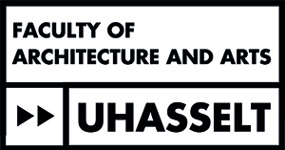
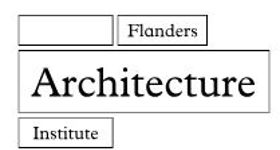
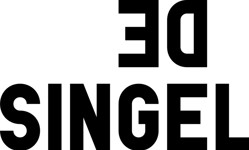
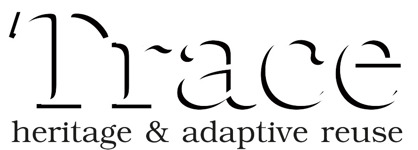
Hasselt University wishes to draw your attention to the fact that photographs may be taken in the public areas of the university (the Agora, lecture halls, etc.). These photographs may be used for the university’s media channels, for marketing purposes, for educational products or for publications.






































































































































































